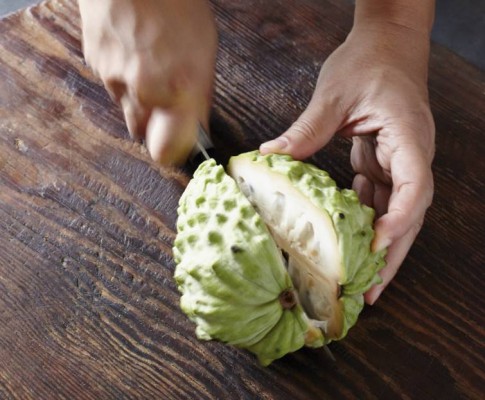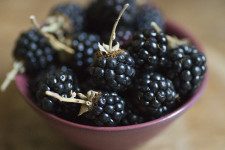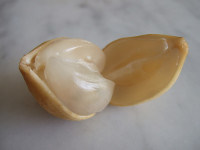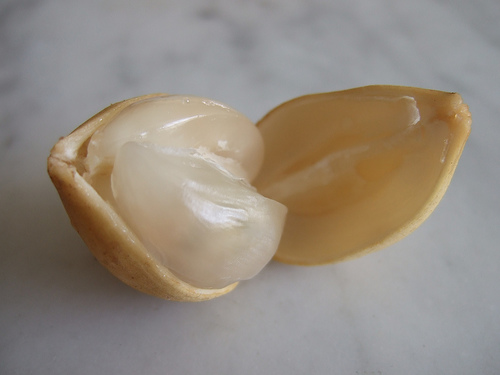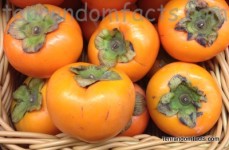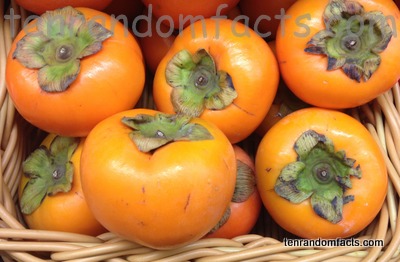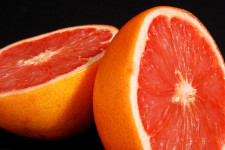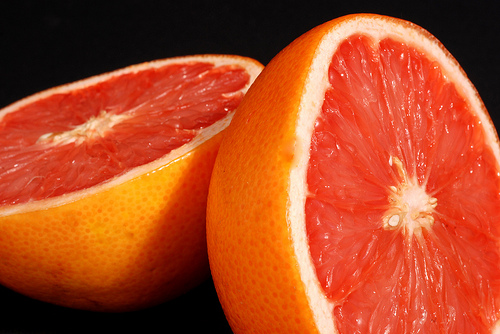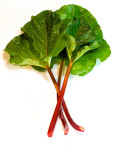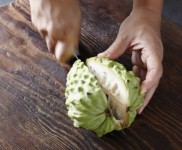
Sugar apples are sweet delicacies with no added sugar. Amazing, right?
- Sugar apples are a type of fruit grown on trees that have their origins in the Americas.
- The scientific name of the plant bearing sugar apples is Annona squamosa and it is from the family Annonaceae, the family of custard apples, however many commercial varieties are hybrids of Annona squamosa and Annona cherimola, of which the fruit is sometimes known as ‘atemoya’.
- A ‘sugar apple’ is also known as ‘ata’, ‘aati’, ‘annon’, ‘sweetsop’, ‘pineapple sugar-apple’ – which usually refers to the hybrid ‘atemoya’, ‘sweet apple’, and ‘custard apple’, although the latter term can also refer to fruit of other species in the same genus.
- Sugar apples are a heart, conical or roundish shape, and generally reach a diameter of 5 to 15 centimetres (2 to 6 inches) or more and can weigh between 100 grams and 3 kilograms (3.5 ounces to 6.6 pounds), depending on the species or variety.
- Sugar apples are typically bumpy in appearance, and their skin is generally a dark green colour which changes to a light green, sometimes with a yellow, blue or red tinge when ripe, and, the flesh is a white or creamy colour.
Custard Apple
Image courtesy of Hort Innovation
- The flesh of sugar apples is quite slippery and juicy, and has a soft texture; and depending on the variety, it may have segments.
- Sugar apples notably have a flavour comparable to custard, and are otherwise particularly sweet, and they are usually eaten raw and sometimes made into a drink with the addition of ice-cream or milk.
- Sugar apples are popularly cultivated in a number of regions around the world, including parts of Asia and Australia, as well as other tropical or sub-tropical areas.
- Around 20 to 40 black seeds can be found in most sugar apple varieties, which contain a toxin and thus should not be consumed.
- Sugar apples are extremely high in vitamin C and are a good source of vitamin B6 and fibre, and they contain many other vitamins and minerals.
Bibliography:
Sugar Apple, 2016, Purdue Agriculture, https://www.hort.purdue.edu/newcrop/morton/sugar_apple.html
Sugar-apple, 2016, Wikipedia, https://en.wikipedia.org/wiki/Sugar-apple
Australian Custard Apples, 2016, Hort Innovation, http://www.custardapple.com.au/




